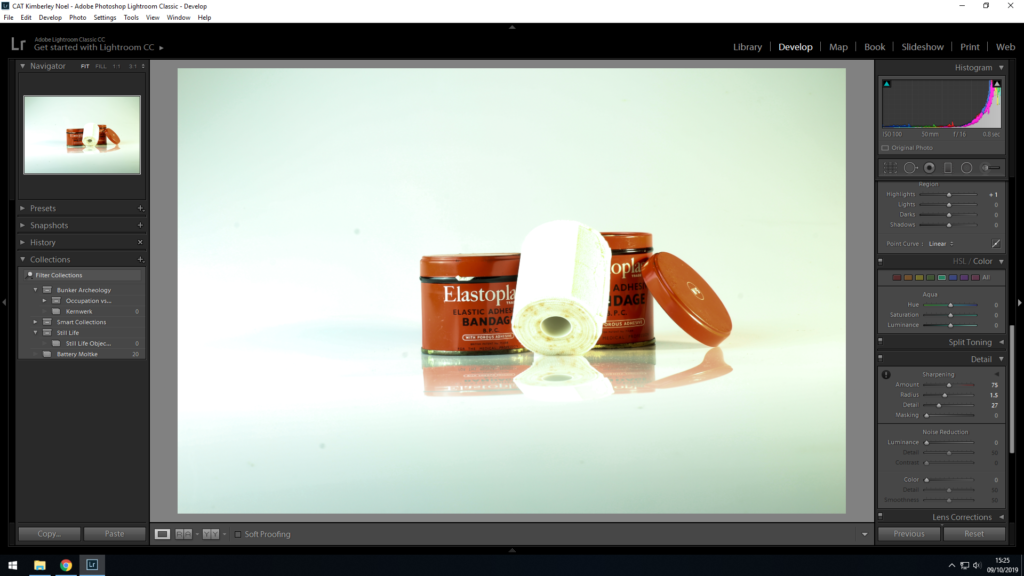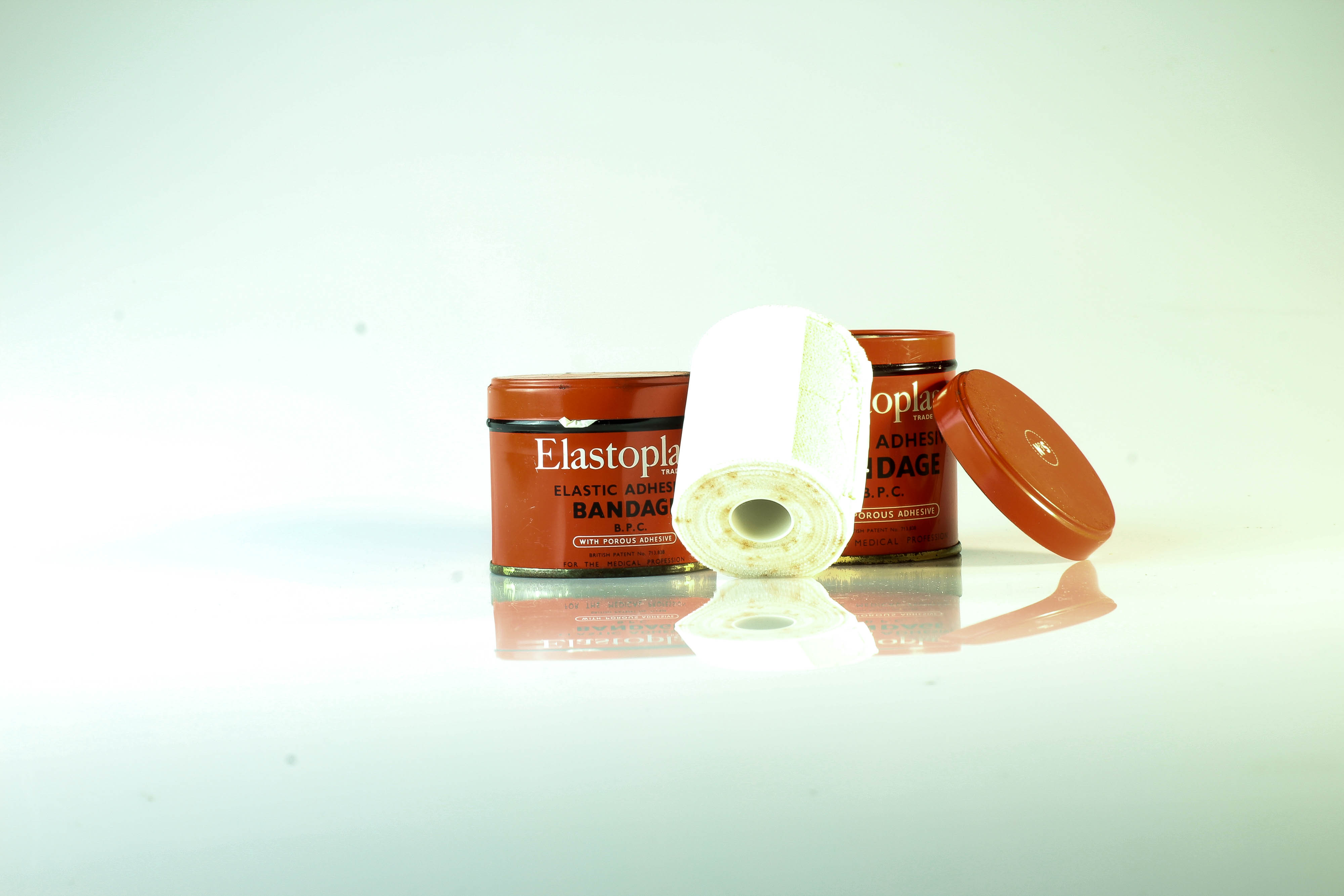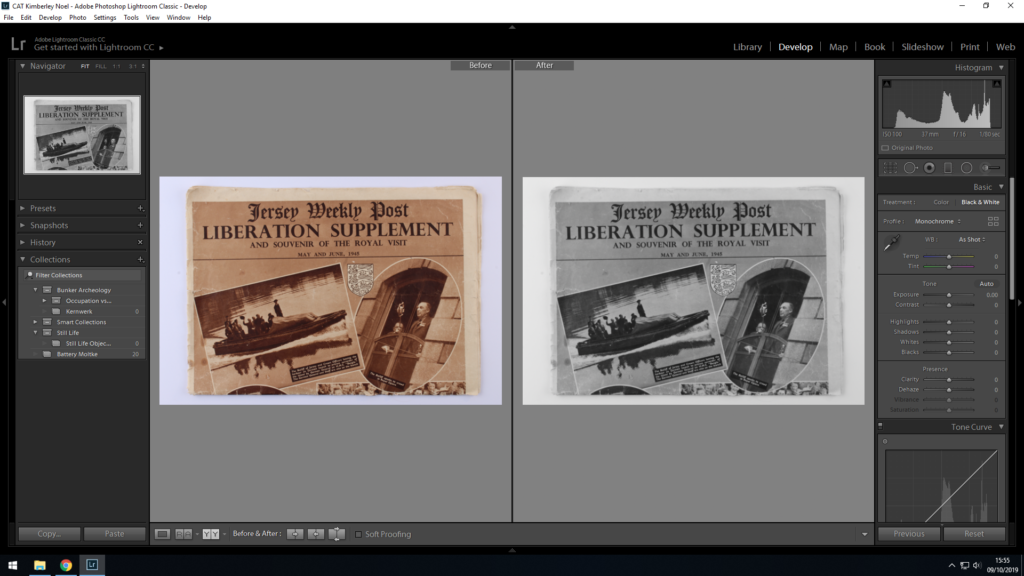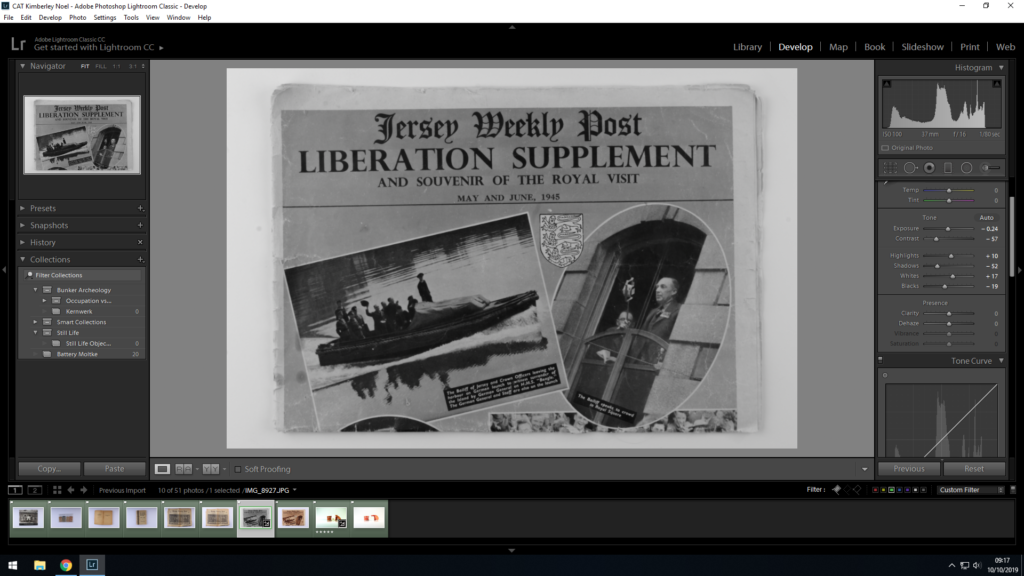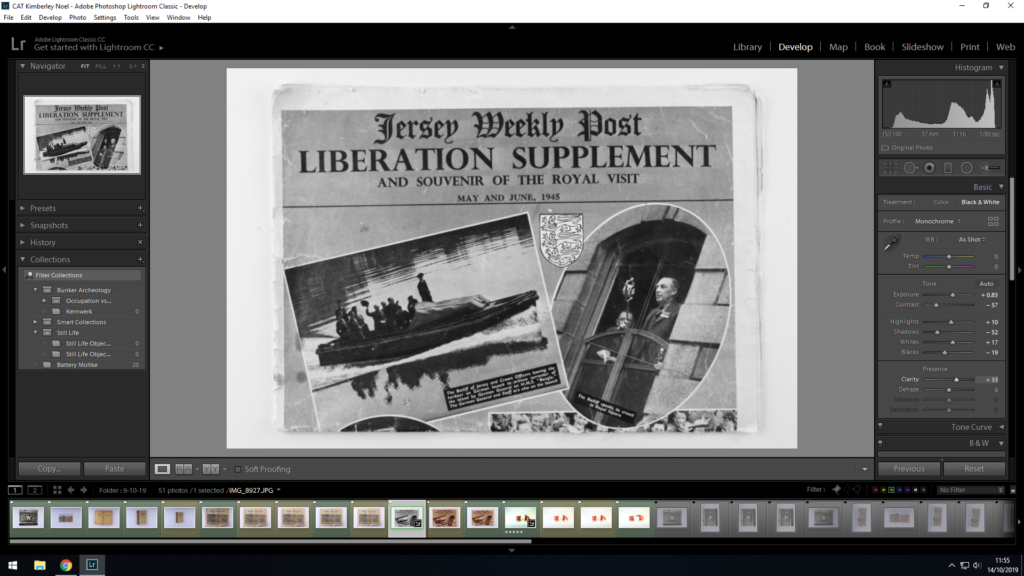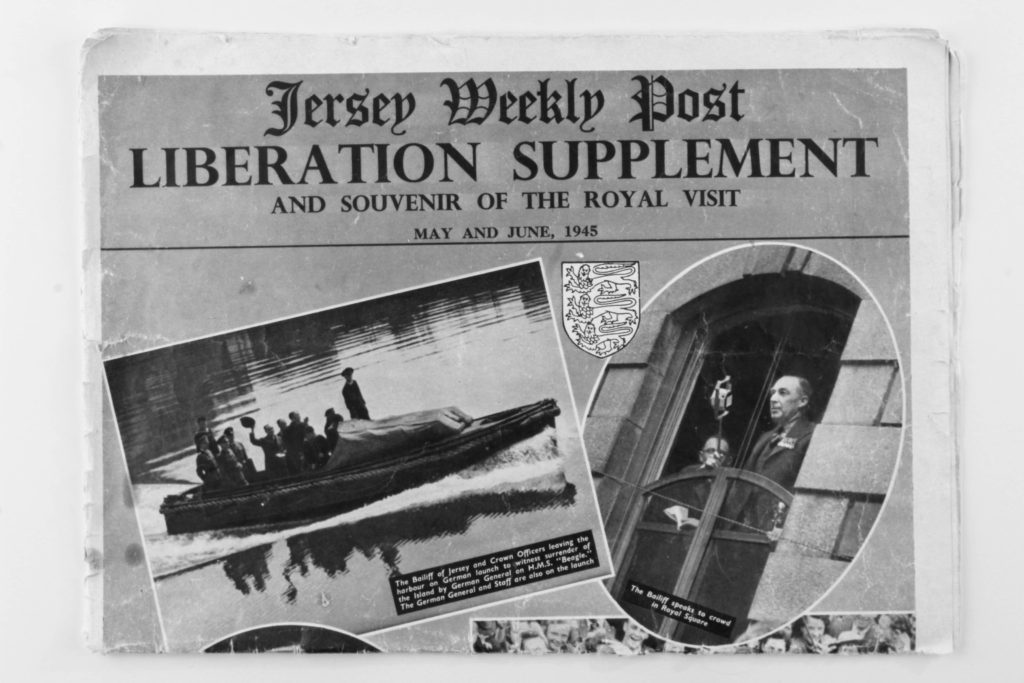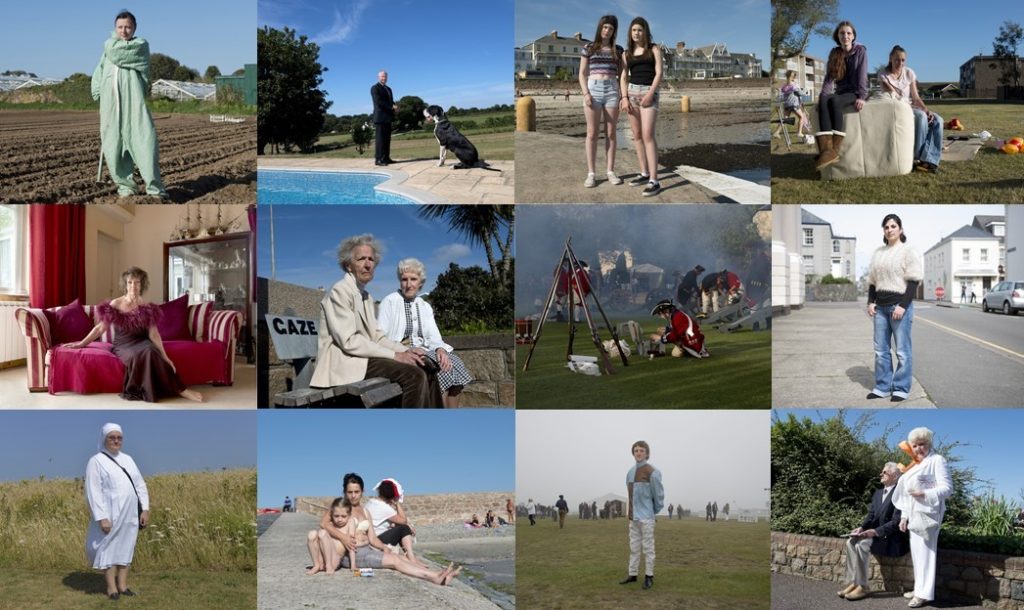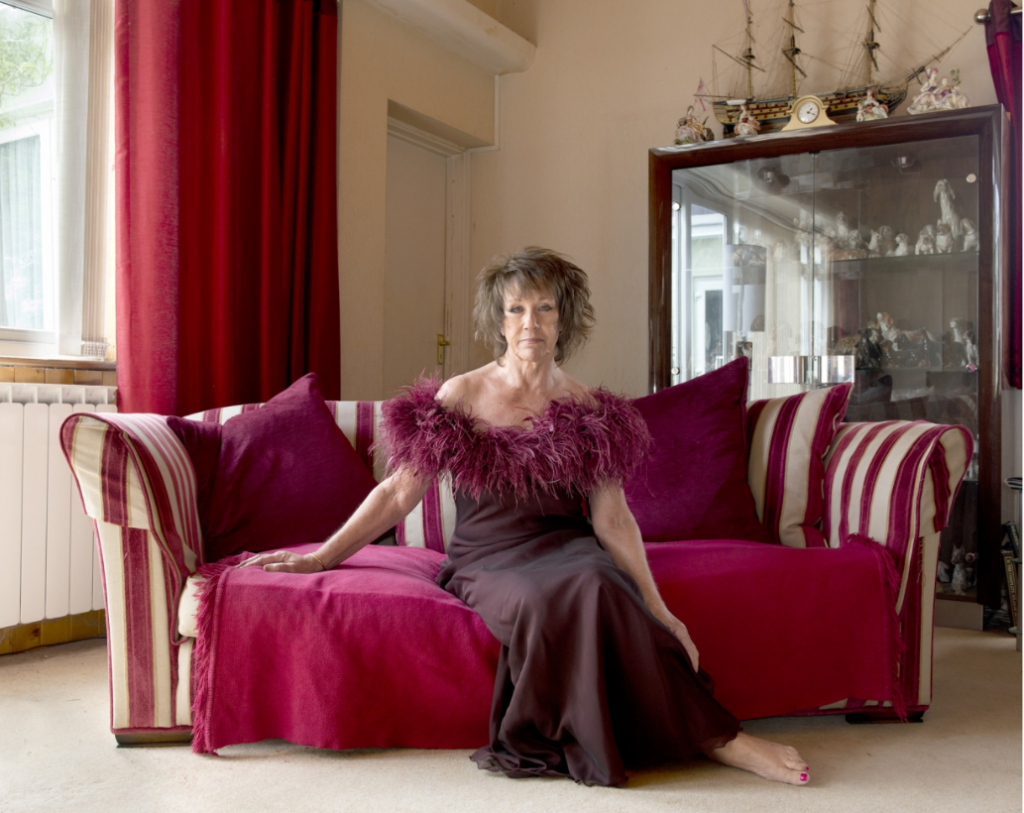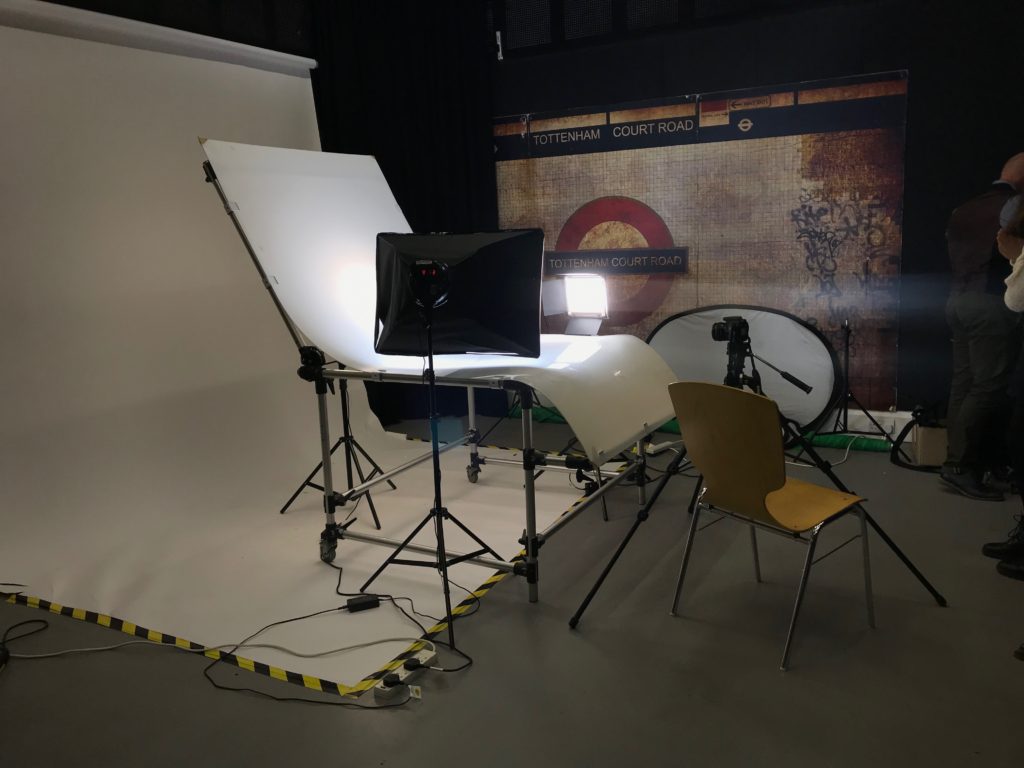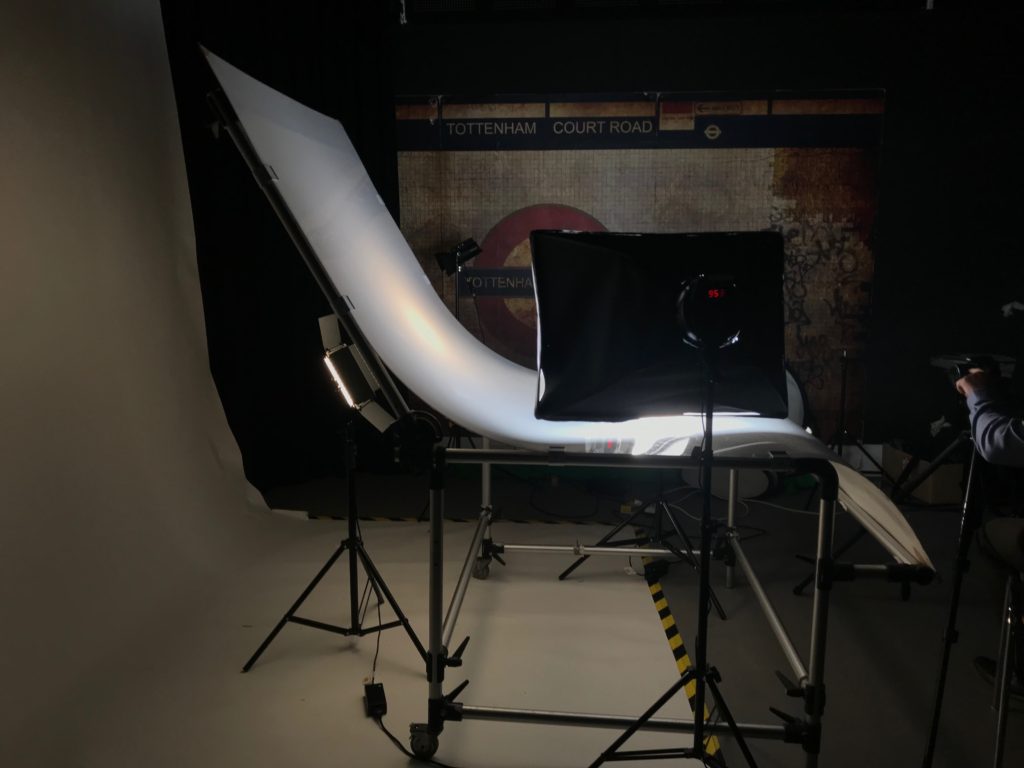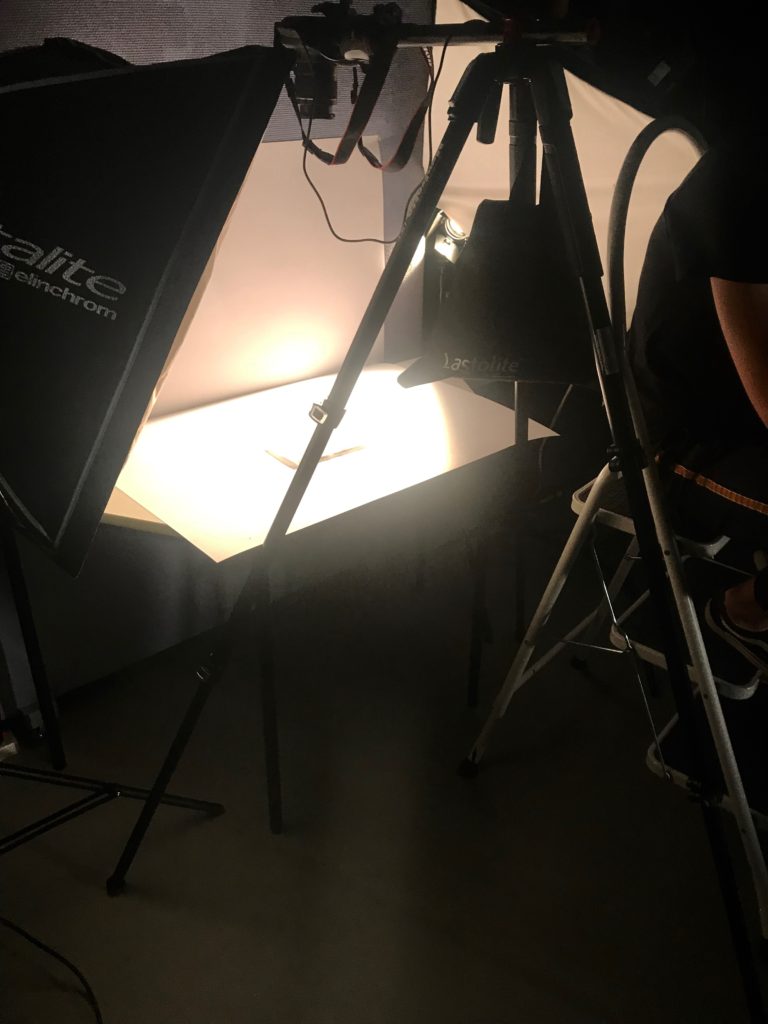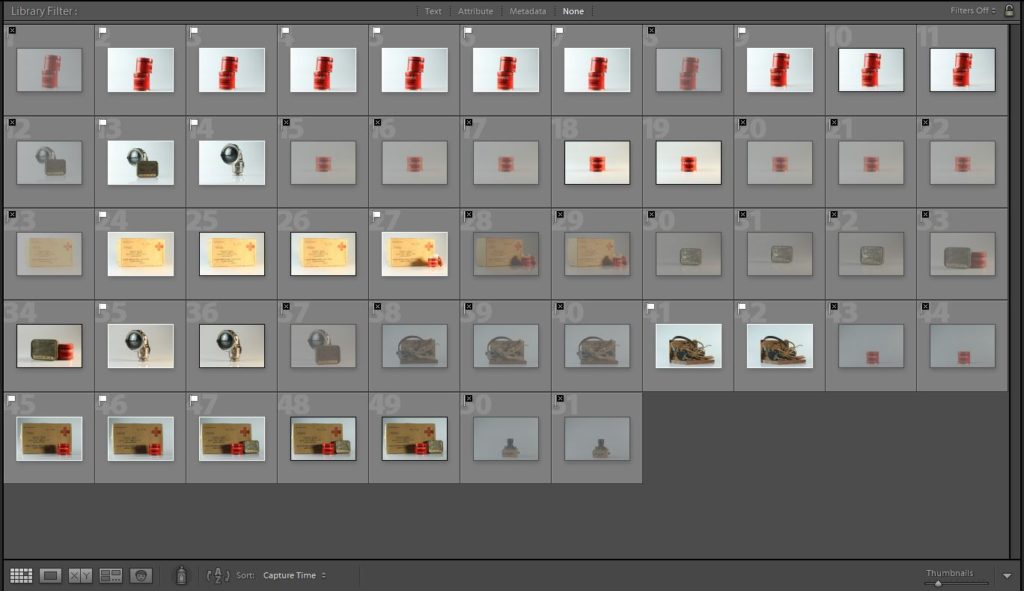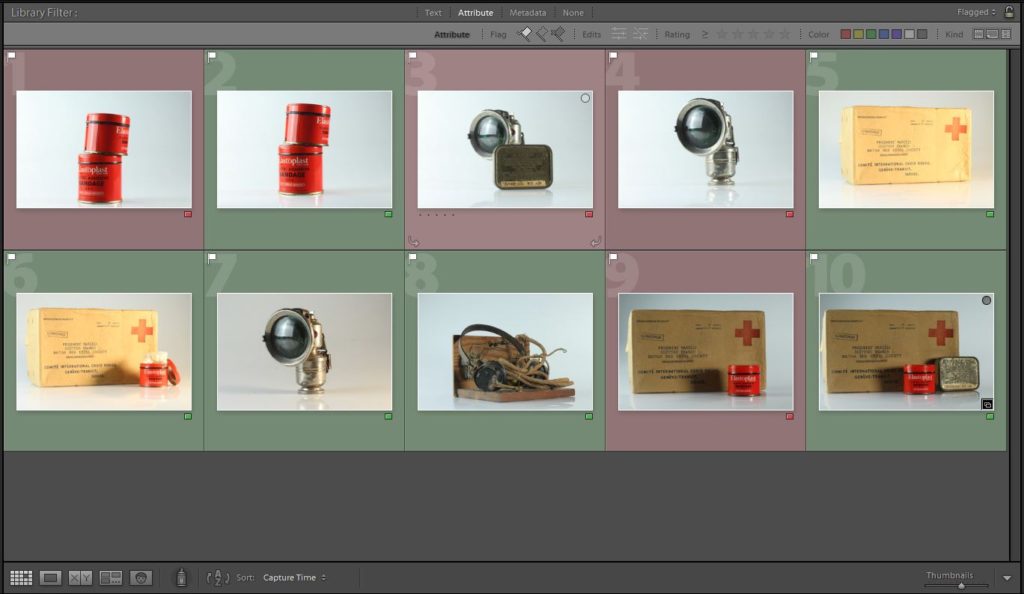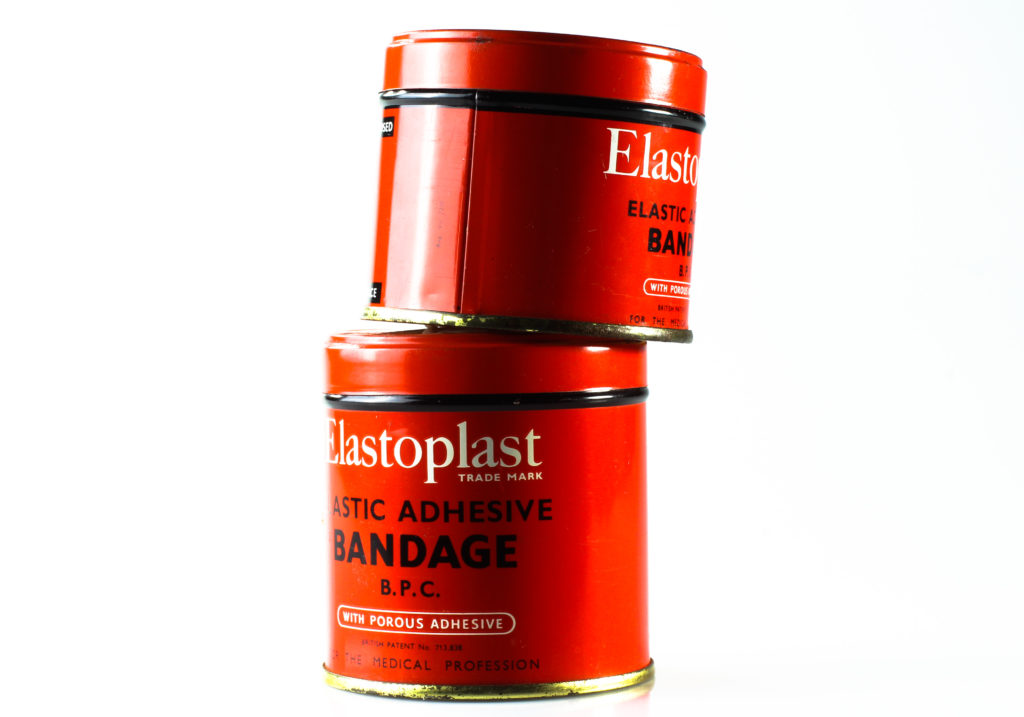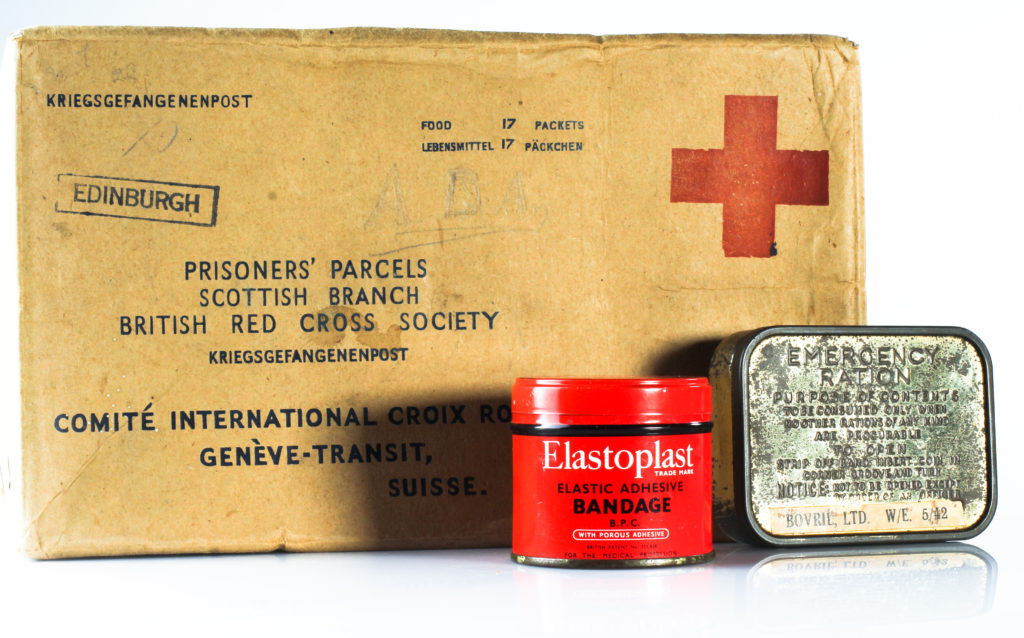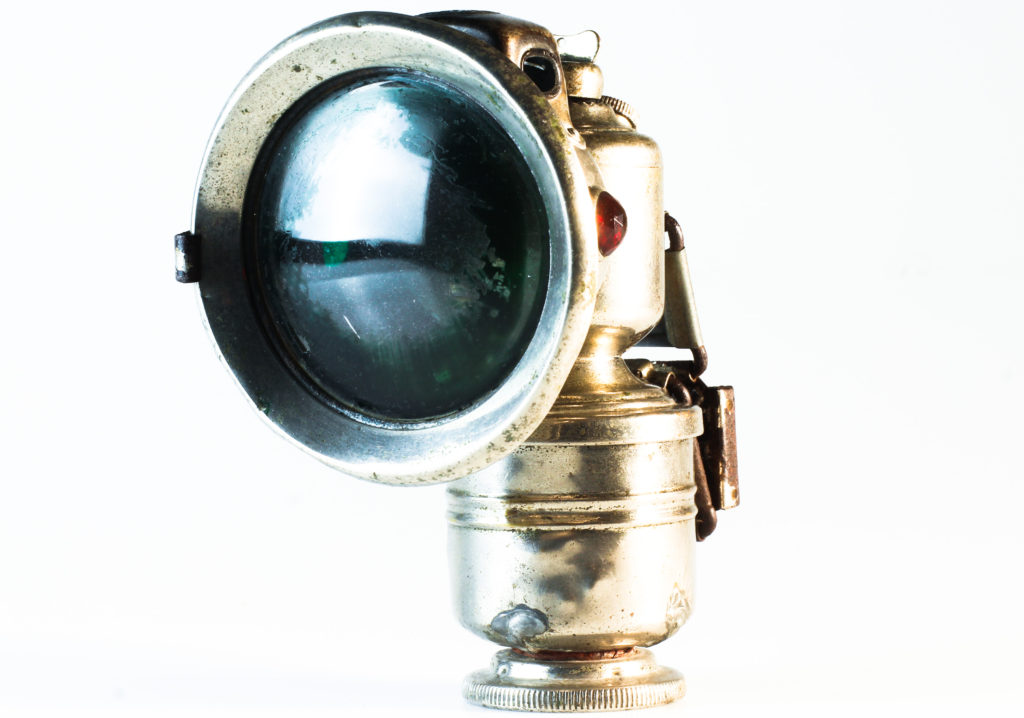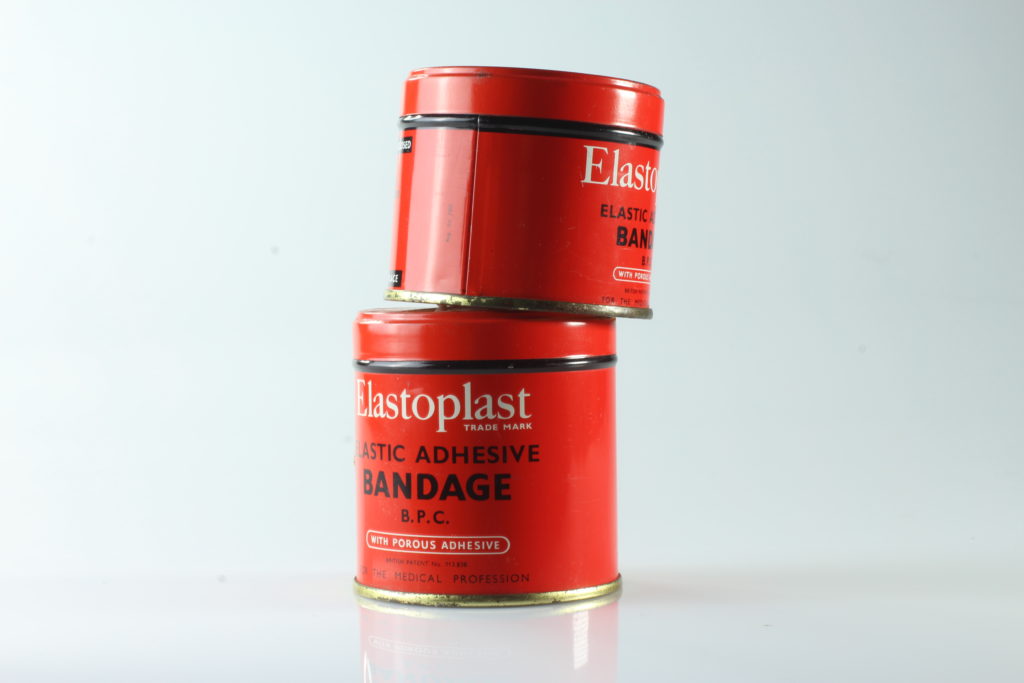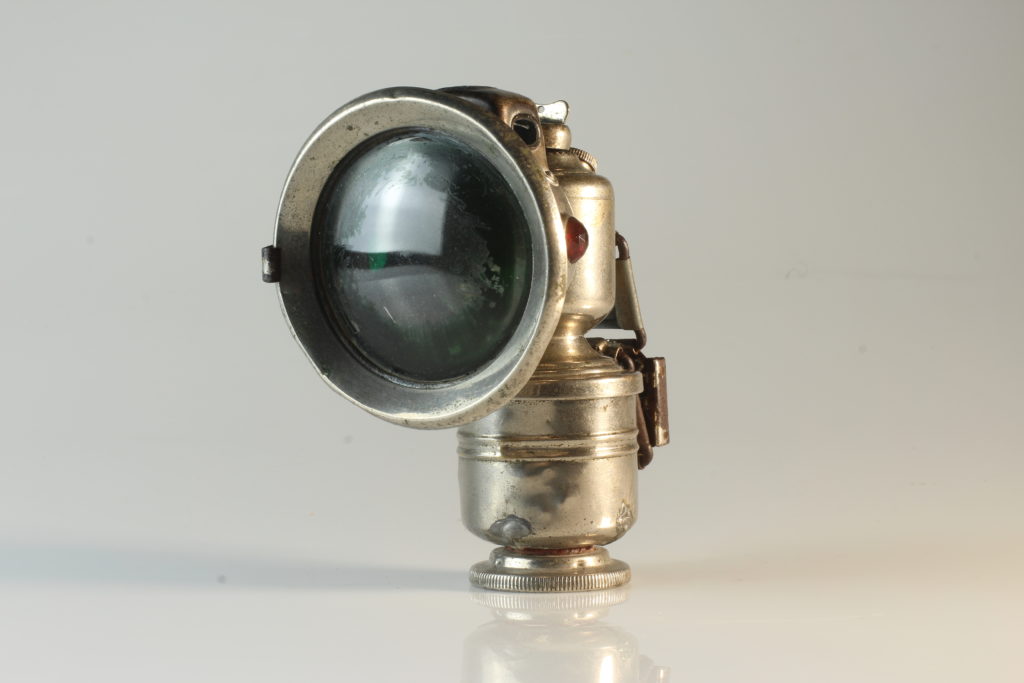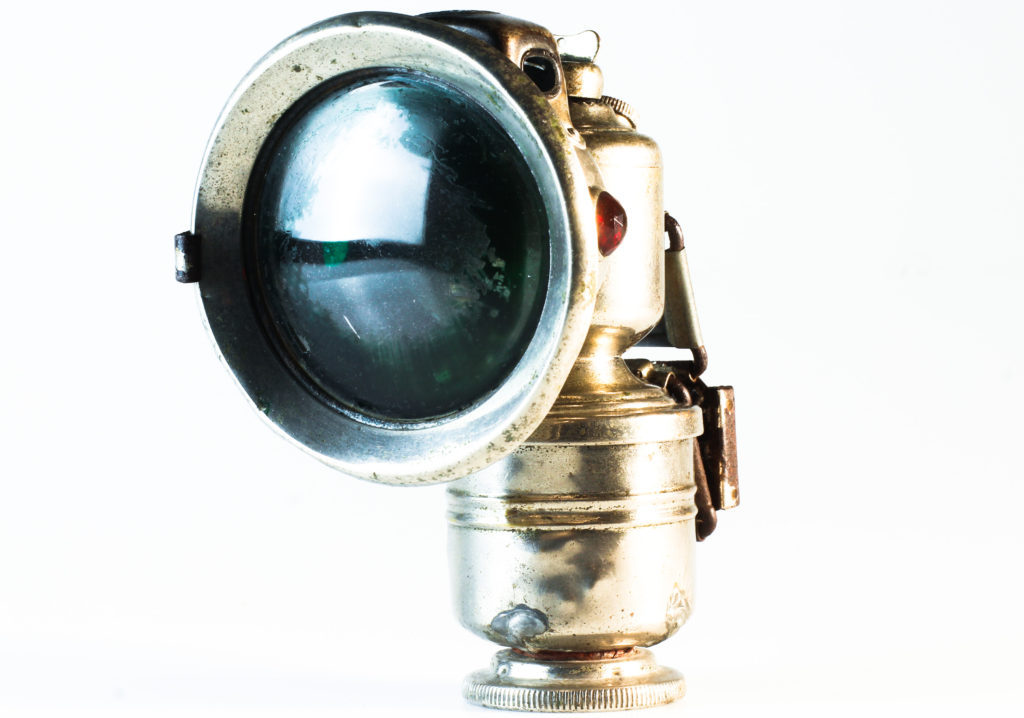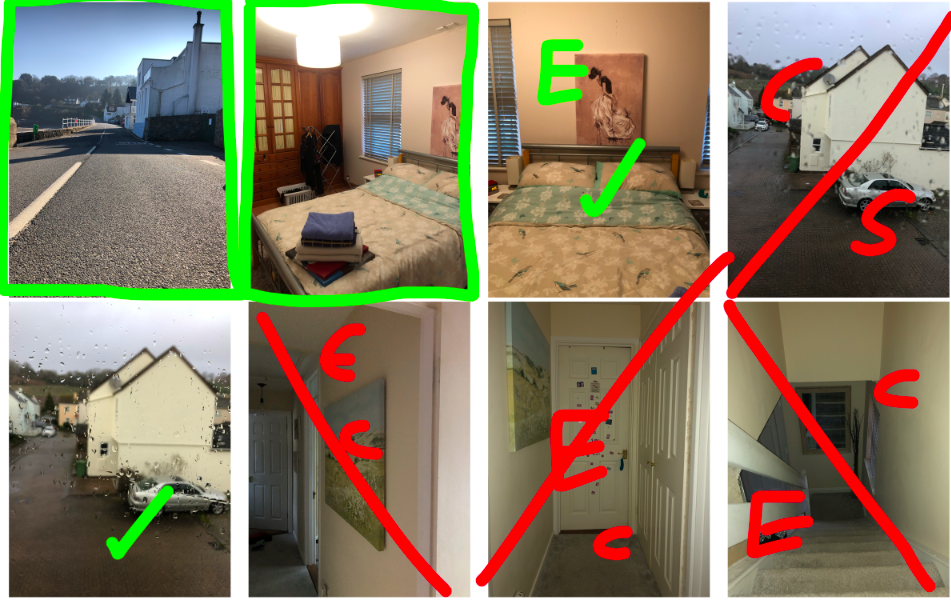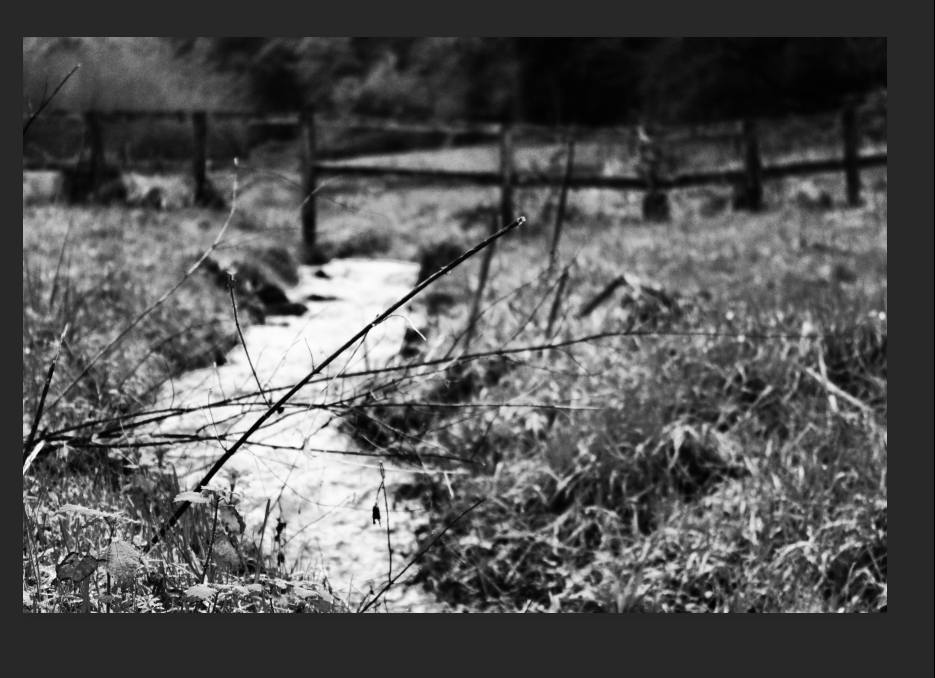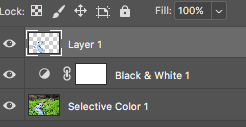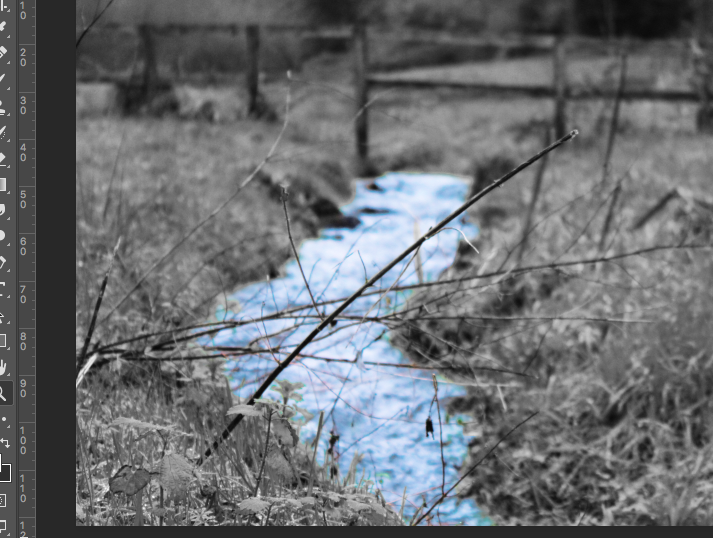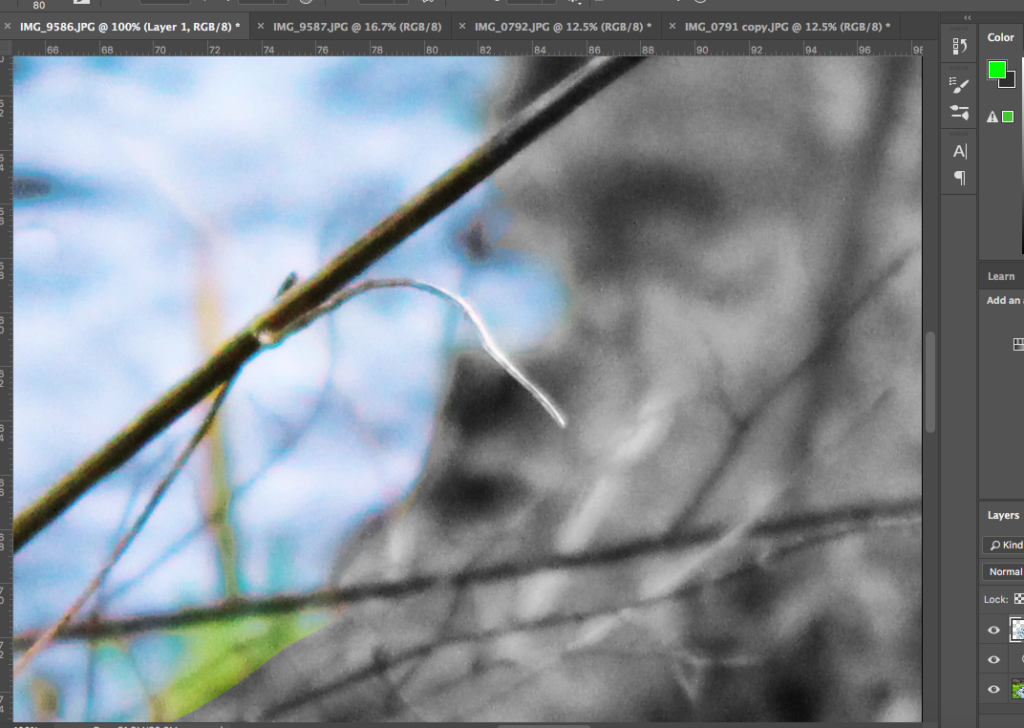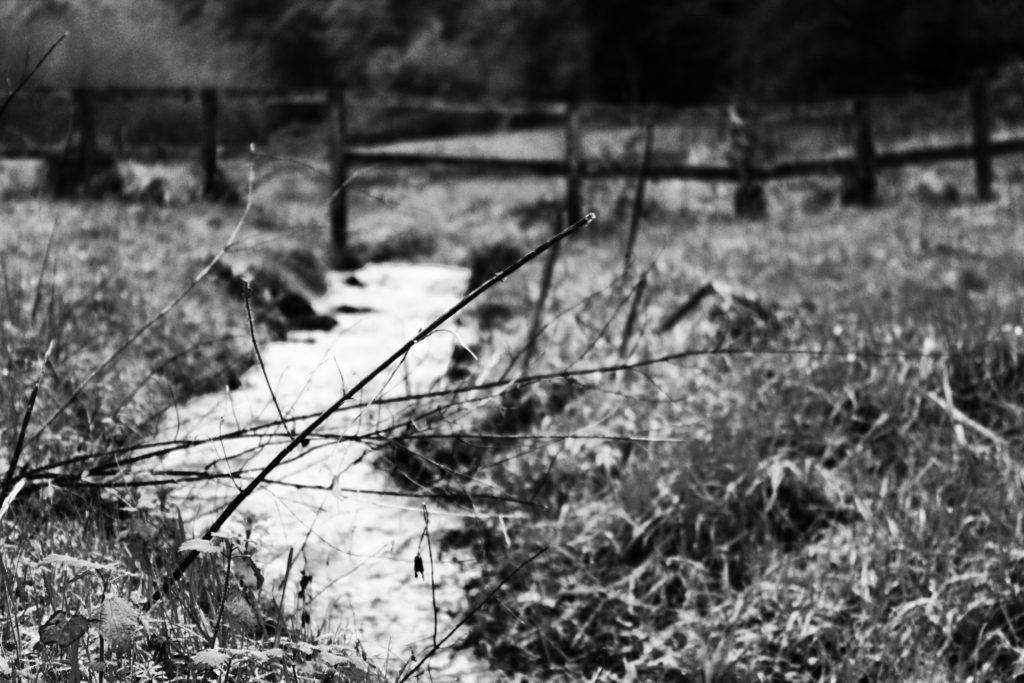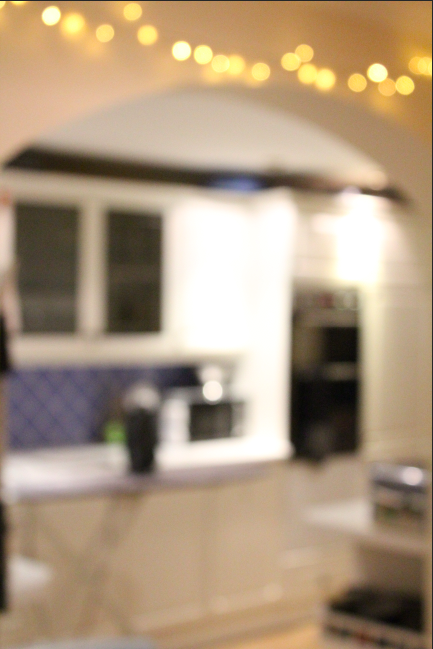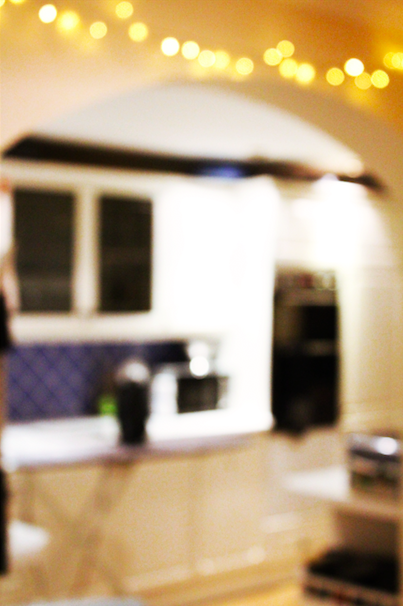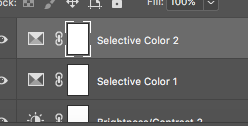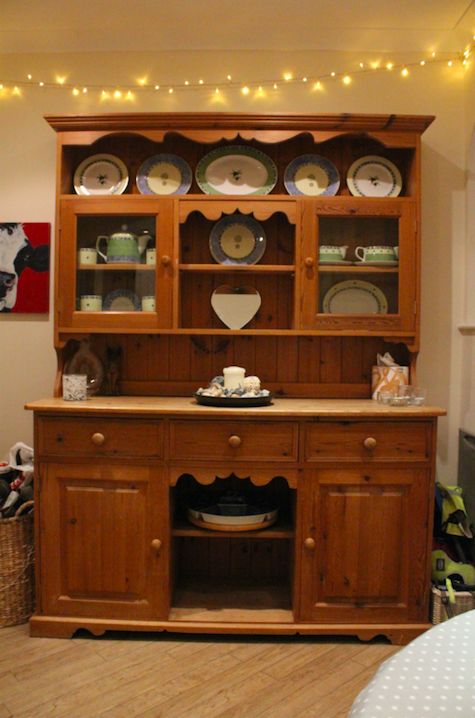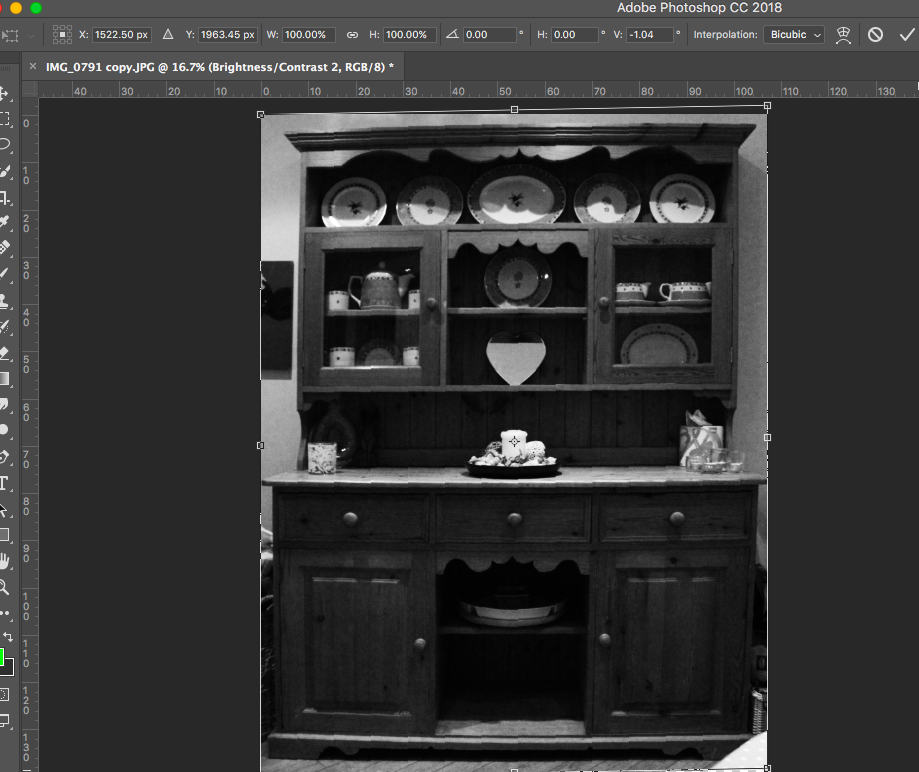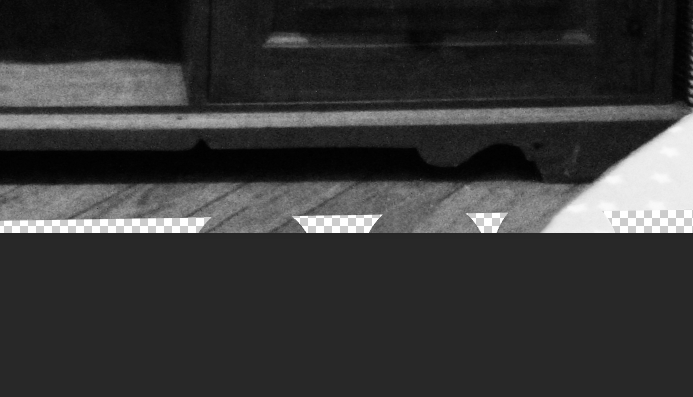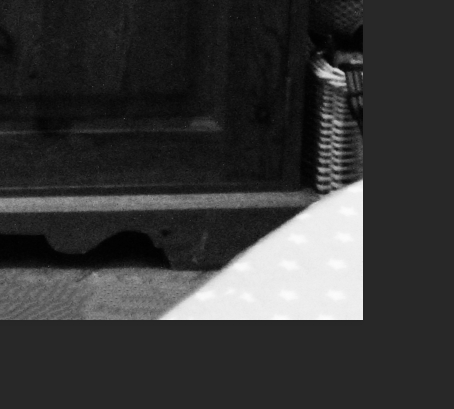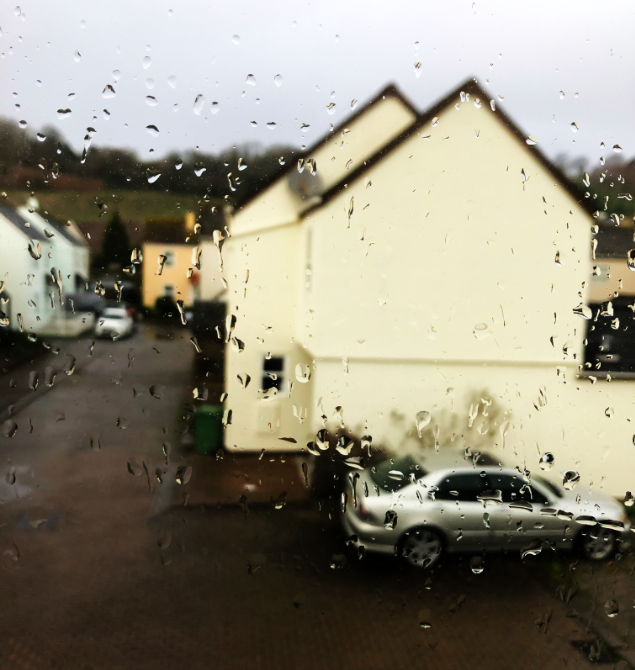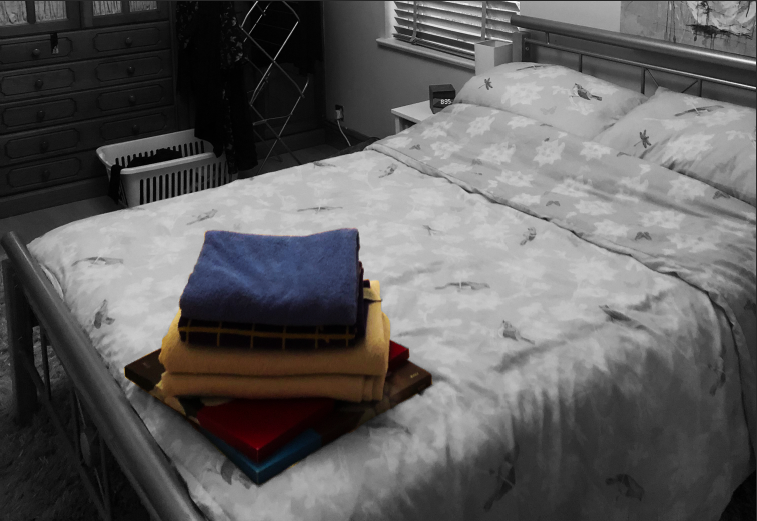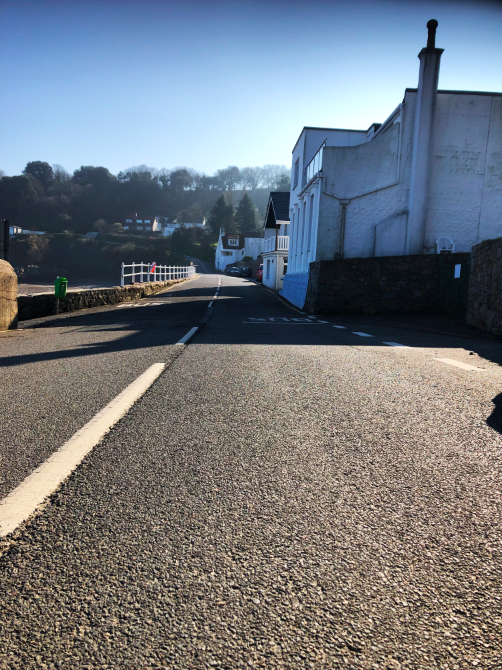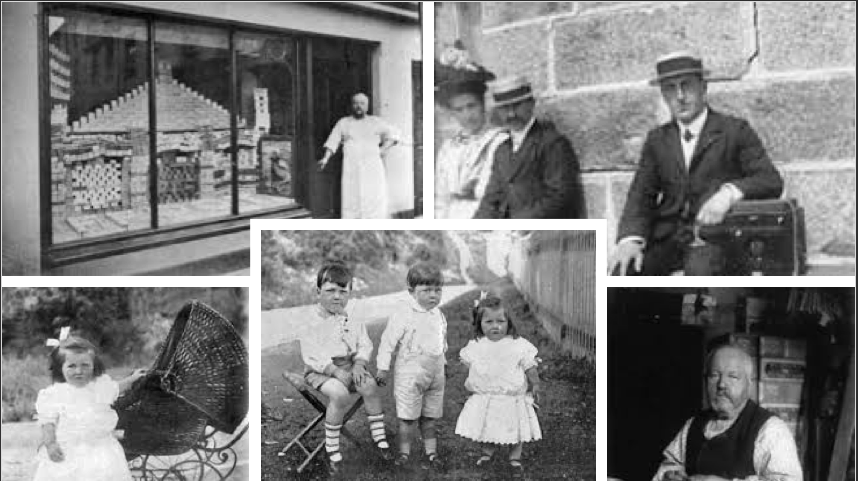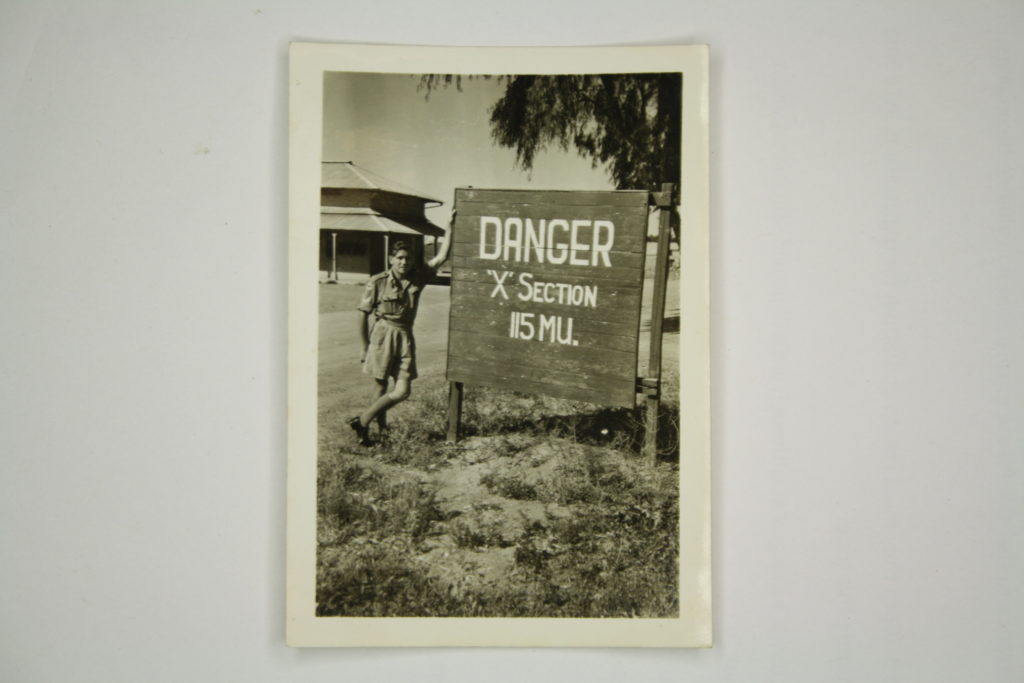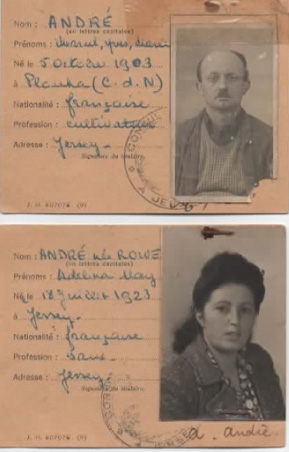The idea of creating auto chromes came about when there was a high demand to create colour images.
The first practicable method of colour photography was the autochrome process, invented in France by Auguste and Louis Lumière. Best known for their invention of the Cinématographe in 1895, the Lumières began commercial manufacture of autochrome plates in the early 20th century.
AN EXAMPLE OF HOW AUTOCHROMES CAN BE MADE TODAY:
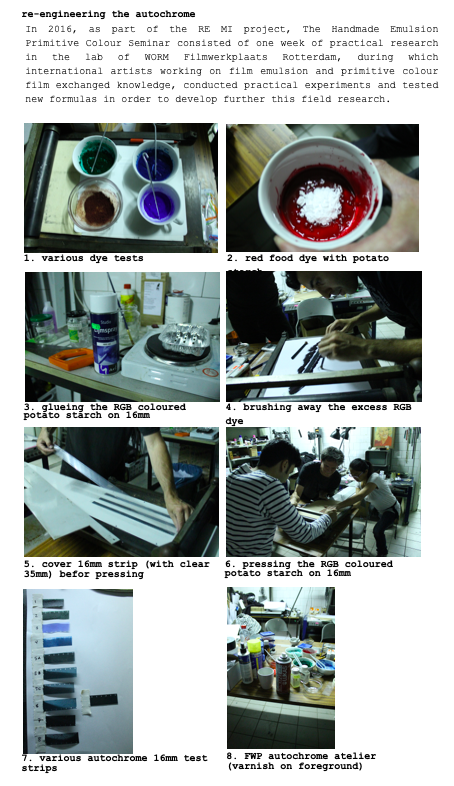
Above is an example of how autochromes can be made at home using fairly primitive and easy to get items. Although a lengthy and sometimes difficult process, autochromes can still be made today.
These are close up shots of the makeup of an autochrome, the tiny specs of pigment can be clearly distinguished from one another, all working together to create an image. Although most photos look extremely colourful, made up of various tones and shades, in reality most images are made up of just different combinations of the same three primary colours, red, blue and yellow.
EXAMPLES OF AUTO CHROMES:





IMAGE ANALYSIS:

VISUAL:
In terms of the visual aspects of the image, the first impression which comes to mind is the graininess of the image but this is very typical of the photography style. There is also a slight vignette around the border of the image which may be a result of the technology of the time or due to the fact that the image has aged slightly and therefore the coloraturas around the edges of the image has faded drastically. There is a very clear foreground and background with the family and kids being entered around. large cannon in the foreground and the trees and buildings being situated in the backdrop. This is quite an interesting image in terms of the composition and the subjects as this was taken during the early 20th century, when coloured photography was in its infancy. Seeing the men and women dressed in period specific clothing being displayed in a coloured image is very conflicting as they almost look out of place and strange within the image. As this is an auto chrome, and early version of coloured photography, the colour scheme is subtle and we can see any variations of soft beiges and other muted tones.
TECHNICAL:
As these images are auto chromes and early versions of colour photography, the standard setup for photography as we know it today has not been used in this case, in order to create an image. The process, called autochrome, involved covering a glass plate with a thin wash of tiny potato starch grains dyed red, green, and blue, thus creating a filter. A thin layer of emulsion was added over that. When the plate was flipped and exposed to light, the resulting image could be developed into a transparency.Like early black and white photography, autochrome was a slow process. Because exposures were long, subjects had to stay still—sometimes unsuccessfully—to avoid a blurred image. But with autochrome, the blur had an unusual aesthetic effect: Paired with the soft, dyed colors, it made the photo look like a painting.
CONTEXTUAL:
Color photography was available long before the technology for color printing came along in 1941, when Kodak made it possible to order prints from Kodachrome slides. Because printing wasn’t an option, Autochromes were best viewed as projections or with the aid of special equipment, such as a diascope. The Autochrome process was used to produce color photography well into the 1930s, but fell out of use as advances in subtractive color film processing allowed for a wider spectrum of color to be captured.
CONCEPTUAL:
When photography was invented in 1839, it was a black-and-white medium, and it remained that way for almost one hundred years. Photography then was a fragile, cumbersome, and expensive process. In order to practice, photographers needed a lot of extra money and time, or a sponsor.
In that early period, the people advancing photographic technology tended to focus not on achieving color photographs but on making improvements in the optical, chemical, and practical aspects of photography. For many, the goal was to make photography more suitable for portraiture—its most desired application. For that, photographic technology needed to be more stable, portable, and affordable, not more colorful. There was a steady demand for the need of colour photography therefore experimentation with the topic came about, kickstarting the invention of auto chromes and other various methods of achieved colour through photographic imagery.







